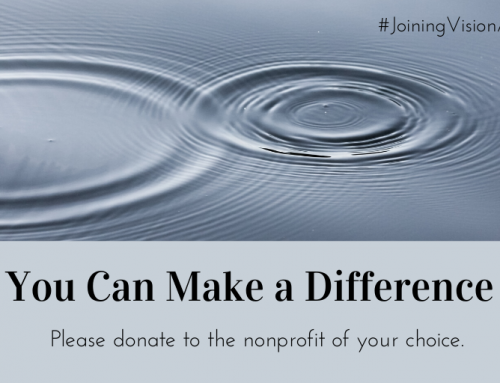By: Lisa Cirincione, Senior Resource Development Associate, Joining Vision and Action
When I discover that a grant application requires constrained grant writing (i.e., has word/character counts), a feeling of dread washes over me.
Does that happen to you too?
I get this feeling because I know that it’s going to take a lot more time to write a compelling proposal with limited room. This is mostly because I’m a stickler for making sure that each question is fully answered, but constrained grantwriting is difficult.
At first, this may seem counterintuitive. You may be thinking that less space equals less work because you have less to write. While I see the logic in that thinking, in my experience, concise applications are much more time consuming, BUT … they will also improve your writing.
Grant applications with space constraints force you to make strategic decisions about which points will be the most compelling. Because you don’t have a lot of room to elaborate, you have to choose the most important things to share and write them as concisely as you can. The trick is to approach the writing the same way I would any other grant.
Here are the steps I take when I encounter these types of applications:
- Interview. I interview the client to learn what it thinks is important to convey and begin to write as if I didn’t have to worry about the space limitation. My goal is to get all of the information onto the page.
- Review. Once I have my first draft of an answer done, I go back and reread the answer asking myself questions like: Does this answer fully address the question(s)? Am I convinced that this is a well-conceived answer? If the answer to either of those questions is no, then I have more information gathering to do.
- Editing, editing and more editing. If I am satisfied that everything important to say is there but I’m over the limit, the work of cutting begins.
First, I’ll look for the obvious extra sentences and phrases that can be eliminated. Adjectives are easy words to cut.Next, I’ll make sure that I’m only using active voice because it is more concise than passive voice. For example, this sentence is written in passive voice and is seven words: The grant was written by Lisa. Here’s a sentence in active voice that says the same thing, but is only four words: Lisa wrote the grant. Microsoft Word’s grammar check can flag any instances of passive voice, so you can find and fix them.
Sometimes after all of the easy cuts have been made, you are faced with the cruel task of eliminating sentences/paragraphs in their entirety. If at all possible, I do this after I’ve been away from the writing for a few hours. I have found that it’s easier to do this hard work when I’m fresh and can see ideas that fall into the “nice to share, but not critical” category.
Cutting is hard work and it takes a lot of time, but your writing will be better for it. As Charles Osgood, the CBS newscaster, likes to say, “There’s nothing that can’t be improved by making it shorter and better.”
Our Write a Grant in a Day training can help you and your team learn how to develop successful grant proposals. Check our training calendar for upcoming opportunities!







Leave A Comment